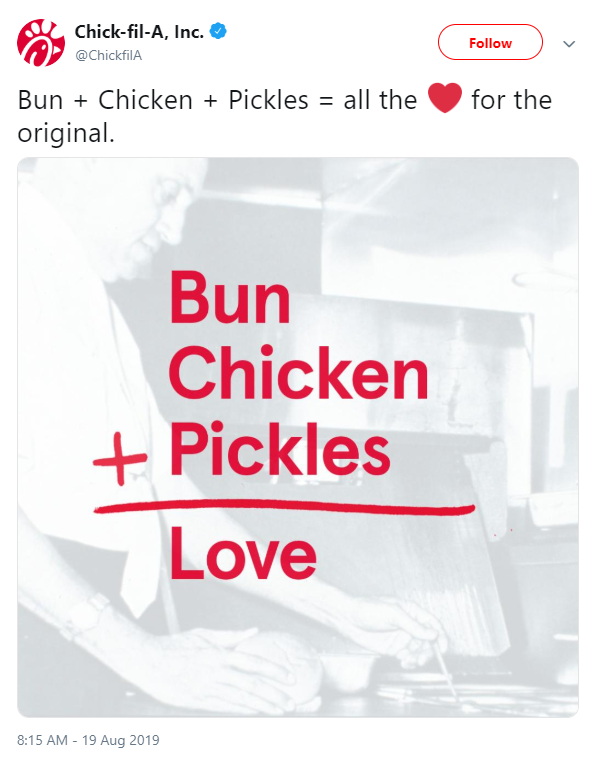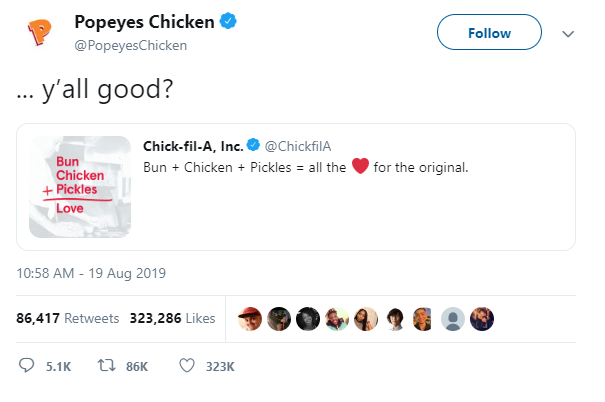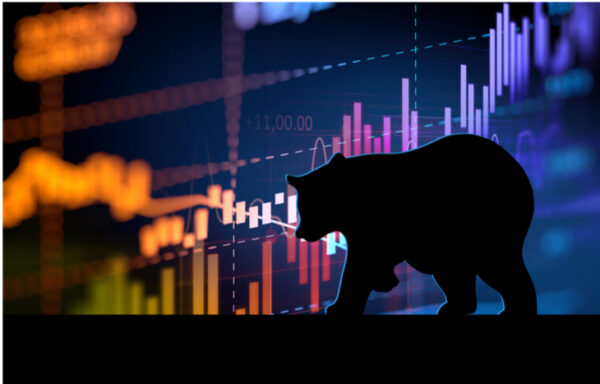Popeyes Viral Chicken Sandwiches Offer an Investing Lesson
The new Popeyes chicken sandwich went viral in August and and has sparked what’s come to be known as the “Chicken Sandwich Wars.”
This intense fast-food battle is being waged between fried chicken purveyor Popeyes and its main competitors in the chicken sandwich space, Chick-fil-A and Wendy’s.
It’s a viral sensation that offers some powerful investing lessons.
Contrarian investing involves going against the Wall Street herd mentality. When everyone zigs, the contrarian zags. When the crowd goes left, the contrarian goes right. And when the masses are buying like it’s a Macy’s “One Day Sale” the week before Christmas, the contrarian sells like a hot dog and beer vendor at the last baseball park on Earth.
Why do contrarian investors behave this way? Because, quite simply, the wisdom of the crowd can be very wrong. If conventional Wall Street wisdom were correct all of the time, most people would be millionaires and no one would lose their shirts in a market crash.
So what does all of this have to do with a chicken sandwich from Popeyes? Let’s take a step back and look at what actually happened in the Chicken Sandwich Wars.

The Chicken Tweet Heard Around the World
It all started when Popeyes introduced its new chicken sandwich, which put the restaurant in direct competition with established poultry heavyweights Chick-fil-A and Wendy’s.
Then came the chicken tweet heard around the world.
On August 19 at 8:15 a.m., Chick-fil-A posted:

And it could have been left at that. But no. Realizing the dig was meant for it, Popeyes responded:

As you can see, the Twitter clapback generated a tasty 86,417 retweets, 323,268 likes and more than 5,000 comments. This viral response suddenly led to Popeyes having the kind of problem a fast-food restaurant might like to have: its chicken sandwich was in such high demand that the chain ran out of chicken breasts!
Chicken was already America’s most popular meat, but the popularity of this sandwich was unprecedented.
Popeyes was able to restock the sandwich only two Sundays ago. Of course, Chick-fil-A is famously closed on Sundays, so Popeyes resumed selling its prized item with this accompanying advertisement:
How snarky…
Mission Impossible
Two of my colleagues attempted to bring back Popeyes chicken sandwiches for the Investment U team yesterday at lunch. I asked them to bring me back a spicy sandwich. I was very excited for this.
However, my colleagues failed me and the team.
After seeing a massive line that could have had them waiting more than an hour, they aborted the mission.
I was hungry. I was sad. I ate a soggy tuna sandwich instead.
Clearly, the Popeyes chicken sandwich sensation is still going strong. Popeyes’ Head of Marketing for North America Bruno Cardinali said, “We plan to offer it to our guests for a long time… We are confident that we’ll be able to meet the demand.”
Okay. That’s great. But what we really have here is a case of extreme hype and short-term returns for Popeyes. Now, what does all this mean? It’s time to be a chicken contrarian, that’s what.
Wendy’s Chicken Sandwiches Still Taste Great
I am a longtime fan of Wendy’s spicy chicken sandwiches. They have just the right crunch and spice. I eat them far more often than I should.
Now, I could go to Popeyes and decide to wait an hour in line, or I could go to Wendy’s and wait about three minutes.
Is the Popeyes sandwich better than the Wendy’s version? Possibly. But is it so much better that it’s worth waiting an hour or more in line, being late getting back to work, and feeling hassled, stressed and grumpy?
No, not at all. In fact, the happiness I’ll receive from the Popeyes sandwich will probably be only slightly more than what I’ll get from the delicious Wendy’s sandwich – for a much lower cost in time and stress. And the Wendy’s item will certainly satisfy my rumbling stomach.
Same high reward… much less cost. Now that’s a better investment.
And just as it’s bad timing for me to run out this week and grab a Popeyes chicken sandwich, so too is jumping on the hottest stock trend just as it goes viral.
And this brings us back to the notion of contrarian investing.
Popeyes Chicken Sandwiches and Contrarian Investing
Sometimes, following the crowd is a bad idea.
You could follow the masses today into Popeyes and wait a stressful hour. Or you could find a much easier alternative.
The contrarian goes against the grain. And when it comes to investing, the contrarian takes profits over public opinion.
As famed contrarian investor Marc Faber once said, “Follow the course opposite to custom and you will almost always be right.” Another way to think about this is to buy when everyone else is selling and sell when everyone else is buying. That doctrine can be applied to individual stocks and the market as a whole.
This isn’t a law of nature or a rule to be followed 100% of the time, but many investors tend to make unwise choices, like buying into stocks at the top and selling after a big decline.
The contrarian investor avoids these damaging traps. And they make a whole lot of money while doing it. So how can you take a page from the wise chicken sandwich buyers and apply it to your personal investment strategy?
Contrarian Investing Strategy
When investing in the stock market and buying stocks, there are two things you need to pay attention to: the state of the economy as a whole and the health of the particular company you are trading.
The best time to buy a stock is when both the economy and the stock are undervalued. The best time to sell is when they are both overvalued. That’s how you build real wealth.
So you need to study the fundamentals, as well as the market trends. A market that has been bullish for years does not mean a bear market is imminent. But if enough economic warning signs of a slowdown or recession are flashing, it may be time to get out.
Similarly, a stock can fly high and continue to climb higher, but if the fundamentals aren’t good, the stock may be in for big trouble.
The right times to buy a stock are when nobody else notices how strong the company is, the company is unfairly maligned and not overhyped, or the stock has taken a beating but is poised for a huge comeback.
That’s contrarian investing in a nutshell… or on a brioche bun. And that’s a winning strategy.
Enjoy your day,
Brian M. Reiser
Investment U Contributing Writer
About Brian M. Reiser
Brian M. Reiser has a Bachelor of Science degree in Management with a concentration in finance from the School of Management at Binghamton University.
He also holds a B.A. in philosophy from Columbia University and an M.A. in philosophy from the University of South Florida.
His primary interests at Investment U include personal finance, debt, tech stocks and more.





